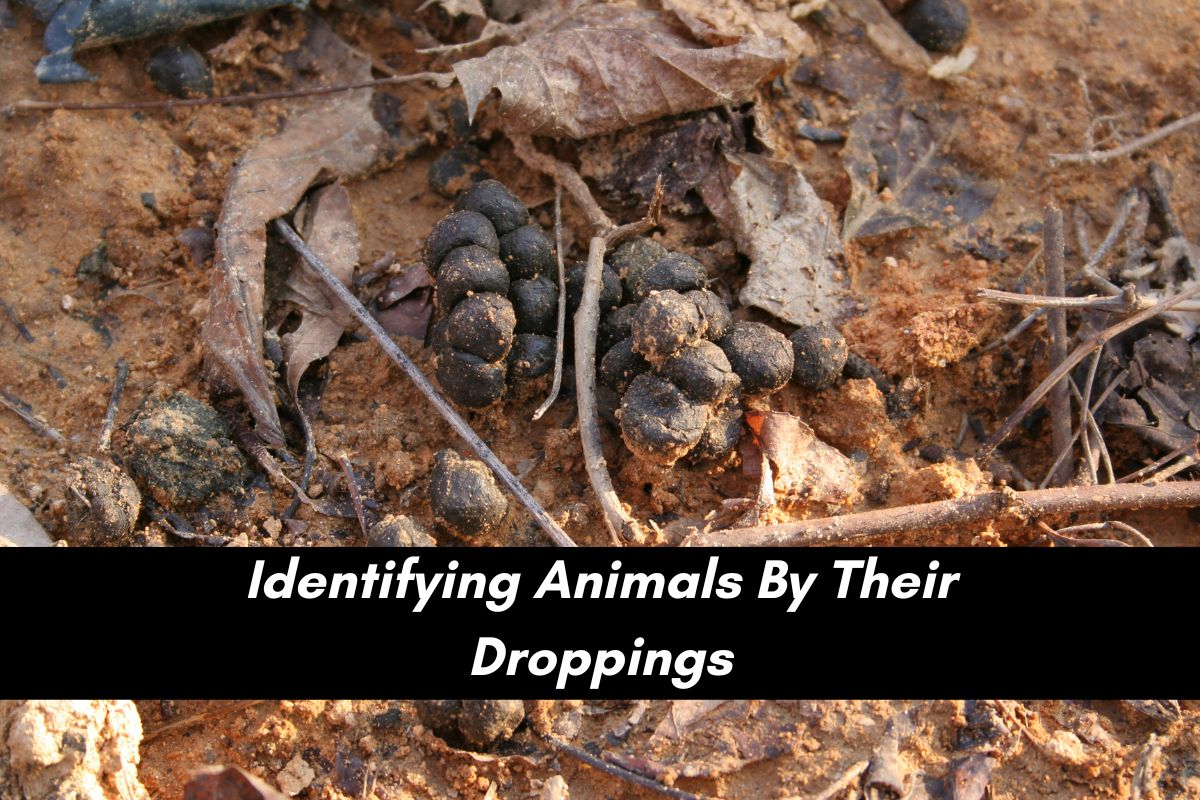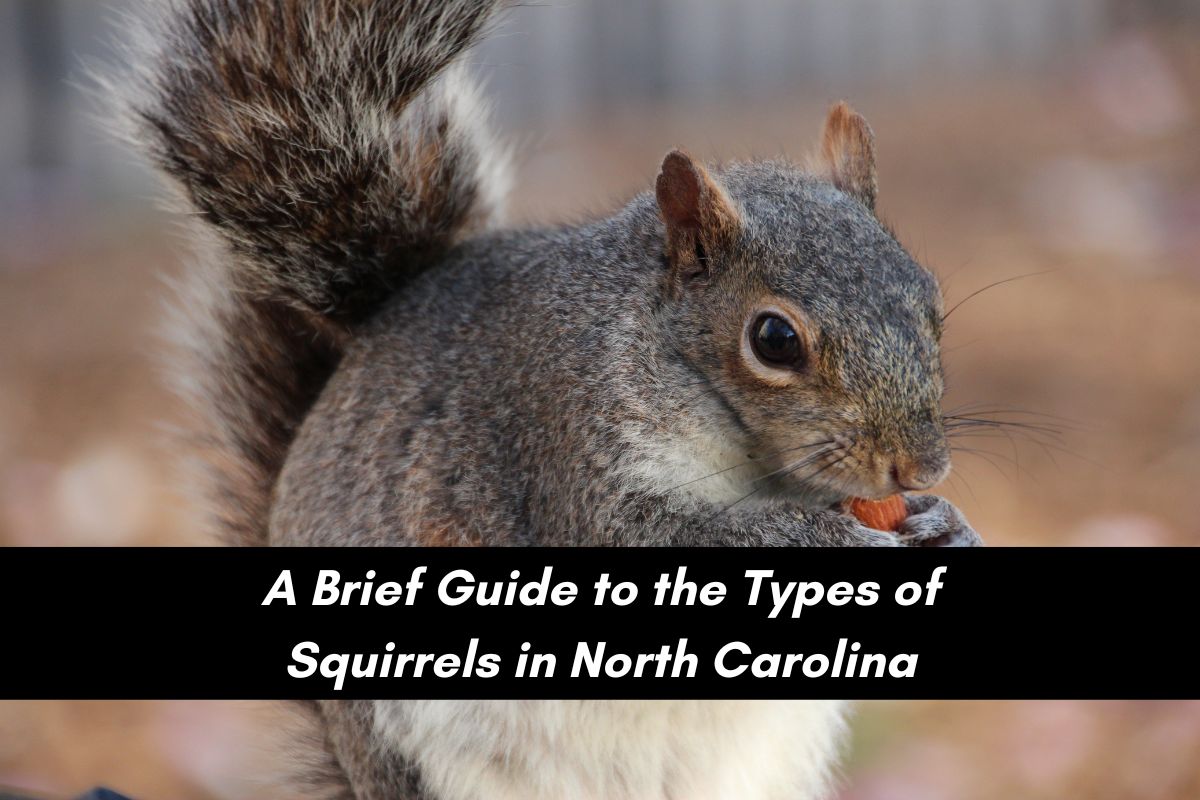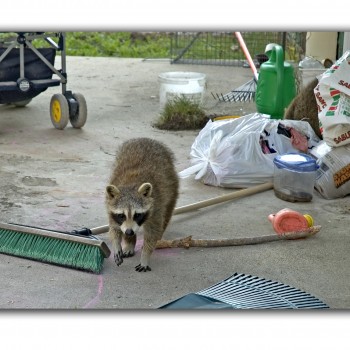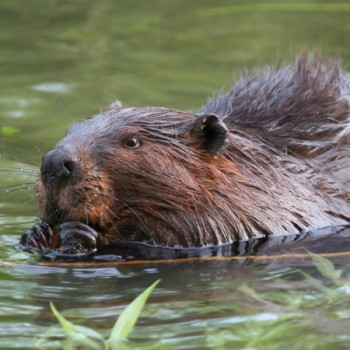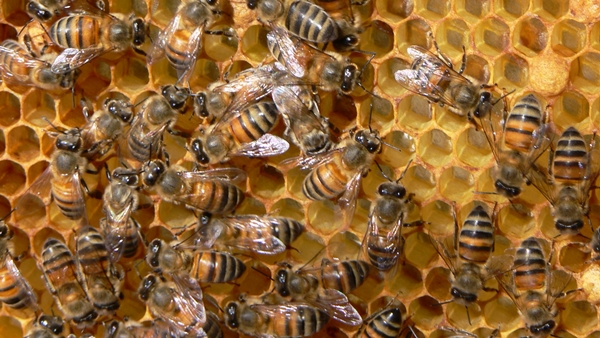
Local Area Animals to Watch For in Early Spring
- Posted by AdminBW
- On May 6, 2015
- 0 Comments
Spring brings new life for flowers, plants, and animals across Raleigh, NC and the Triangle area. Each year in February, early March and April, various types of wildlife come back to their natural habitats from hibernation and migration. Several types of insect, mammal, amphibian, and reptile species return from their burrows and nests during these months, while birds return from migrating and their annual movements. Animal evolution, climate change, food resources, predator threats, and disease are each factors that impact these environmental adjustments each springtime.
A number of bear, mice, bats, frogs, turtles, snakes, and bee species hibernate due to changes in body temperature. For most of these animals, the natural transition involves a deceleration in body metabolism for the animal to enter into a comatose state. The size of the animal heavily depends on the hibernation level, and the smaller animal species typically go into light hibernation. It is in the early springtime where you can expect to see these animals, alive and well, in their daily habitats.
Many smaller mammals, like raccoons, possums, skunks and other rodents, also become more active in the springtime than they have been all winter.
During the late summer and early months of fall, you can see birds take flight toward the southernmost areas of the United States, as well as parts of South America in the tropic regions of the world. They settle in these warmer locations to find food, taking full advantage of safe conditions with adequate shelter and breeding colonies. Many of the birds that migrate south include waterfowl such as geese, ducks, and swans. Bald eagles, hawks, and several other birds of prey species also migrate in early spring. Hundreds of other birds migrate across the country, and they include these species:
- Kinglets
- Sapsuckers
- Blackbirds
- Sparrows
- Shorebirds
- Warblers
- Orioles
- Redstarts
While it is good for humans to have a change of seasons, it is important to be mindful of the wildlife that reappear and enjoy the change, as well. When the weather begins to warm up in the southeastern and northern parts on the U.S., these animals head back to the homes they once had and resume living. You can stumble across a hive or nest during these months, if you’re not aware of your surroundings. North Carolina climates are ideal for these types of wildlife to settle, be it in Durham, Cary, Morrisville or the entire Triangle. For more information on animal life in early spring, contact Critter Control of the Triangle at (919) 382-0651.




